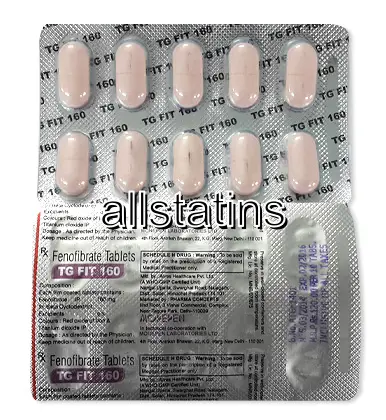| Package | Dosage | Price | Price per Dose | |
|---|---|---|---|---|
| Dosage: 160mg | ||||
| 360 pill | 160mg | $827.02 | $2.30 | |
| 180 pill | 160mg | $428.75 | $2.39 | |
| 120 pill | 160mg | $292.40 | $2.44 | |
| 90 pill | 160mg | $231.41 | $2.57 | |
| 60 pill | 160mg | $161.44 | $2.69 | |
| 30 pill | 160mg | $86.09 | $2.87 | |
| Dosage: 200mg | ||||
| 360 pill | 200mg | $1,130.20 | $3.14 | |
| 180 pill | 200mg | $588.41 | $3.27 | |
| 120 pill | 200mg | $400.04 | $3.34 | |
| 90 pill | 200mg | $315.73 | $3.50 | |
| 60 pill | 200mg | $220.64 | $3.68 | |
| 30 pill | 200mg | $118.39 | $3.93 | |

Fenofibrate Description
Understanding Fenofibrate
Fenofibrate is a widely used medication primarily prescribed to manage high cholesterol and triglyceride levels in the blood. It belongs to a class of drugs called fibrates, which work by regulating lipid levels, helping to reduce the risk of cardiovascular diseases. This medication is often recommended for patients who have not achieved desired lipid control through diet and lifestyle modifications alone.
How Does Fenofibrate Work?
This medication functions by activating a receptor known as peroxisome proliferator-activated receptor alpha (PPARα). Activation of PPARα increases the oxidation of fatty acids, decreases the production of triglycerides in the liver, and enhances the removal of low-density lipoprotein (LDL) cholesterol from the bloodstream. As a result, Fenofibrate effectively lowers triglycerides and can modestly increase high-density lipoprotein (HDL) cholesterol, which is often referred to as "good" cholesterol.
Clinical Benefits and Efficacy
Many patients experience significant improvements in their lipid profiles when taking Fenofibrate. It can effectively reduce triglyceride levels by up to 50% in some cases. It also tends to increase HDL cholesterol levels, providing additional cardiovascular protection. Clinical studies have shown that Fenofibrate can decrease the risk of pancreatitis caused by very high triglycerides, and it may contribute to reducing the overall risk of heart attack and stroke when combined with other cardiovascular risk management strategies.
Usage and Dosage
The dosage of Fenofibrate varies depending on individual needs, medical history, and the specific formulation prescribed. Typically, it is taken once daily with meals to improve absorption. It is important for patients to follow their healthcare provider's instructions carefully and not to alter the dosage without consultation. Regular blood tests are usually recommended to monitor lipid levels and assess liver function during treatment.
Possible Side Effects
While Fenofibrate is generally well-tolerated, some users may experience side effects. Common adverse reactions include stomach upset, nausea, abdominal pain, or mild dizziness. Less frequently, some patients may develop muscle soreness or weakness, which should be reported promptly to a healthcare provider. Rare but serious side effects, such as liver enzyme elevations or gallstone formation, may also occur. Regular monitoring helps detect any adverse effects early.
Precautions and Interactions
Patients with pre-existing kidney or liver conditions should inform their doctor before starting Fenofibrate. It is important to be cautious when combining this medication with other drugs, especially statins, as there is an increased risk of muscle-related side effects. Alcohol consumption should also be limited, as it can enhance the risk of liver problems. Pregnant or breastfeeding women should seek medical advice before using Fenofibrate.
Conclusion
Overall, Fenofibrate is an effective medication for managing abnormal lipid levels. When used appropriately under medical supervision, it can significantly improve cholesterol profiles and reduce cardiovascular risk. Proper adherence to prescribed dosages and regular health monitoring are key to maximizing its benefits and minimizing potential risks. For those struggling with high triglycerides or low HDL cholesterol, Fenofibrate offers a valuable treatment option.
